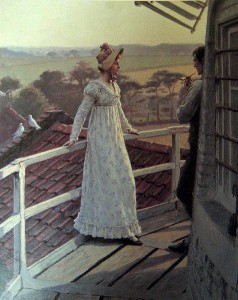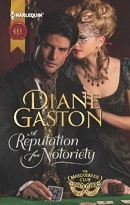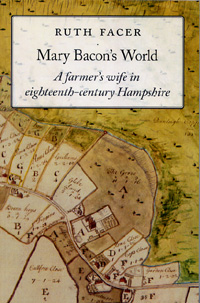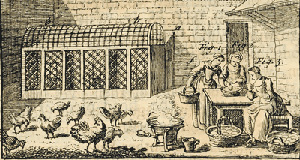Overall, I enjoyed this recent article in the Atlantic: Beyond Bodice Rippers: How Romance Novels Came to Embrace Feminism. But is this really news?
The article quotes Beyond Heaving Bosoms: The Smart Bitches’ Guide to Romance Novels: “Bodice-rippers are typically set in the past, and the hero is a great deal older, more brutal, and more rapetastic than the heroine.”
I never did read any books like this when they were coming out in the 70s and early 80s, but I’ve read some recent reviews of such. Here’s one that had my eyes rolling back in my head. Feel free to indulge your morbid curiosity if you wish: Purity’s Passion by Janette Seymour, a Review by Redheaded Girl.
As a child, I read my mother’s Regency romance novels. I only started reading longer, sexier historical romances when I followed authors like Mary Jo Putney, Jo Beverley and Loretta Chase as they moved to writing longer books. Except for being set in the past, there’s no resemblance between their historical romances and the description above. The romances I like have heroes and heroines who worked through their conflicts emerging as equals, despite a historical backdrop where gender roles were more rigidly defined.
So maybe I missed something but it seems to me that the romance genre has been moving away from the abusive hero/submissive heroine setup for decades and it isn’t a “new generation” of writers who are inventing this.
I’m woefully ill-read—life has done that to me—so I haven’t read most of the books mentioned. Did I miss another shift? The article implies that the new feminist romances subvert the stereotype. Does this mean heroines can now be as selfish and abusive as the heroes used to be? Actually, I doubt it, knowing some of these authors.
So help me out. Is something really changing in the genre or is it a continuation of the shift to strong heroines and more equal relationships that began decades ago? And did you ever read of those Bad Old Bodice Rippers? If so, what did you think?
Elena








